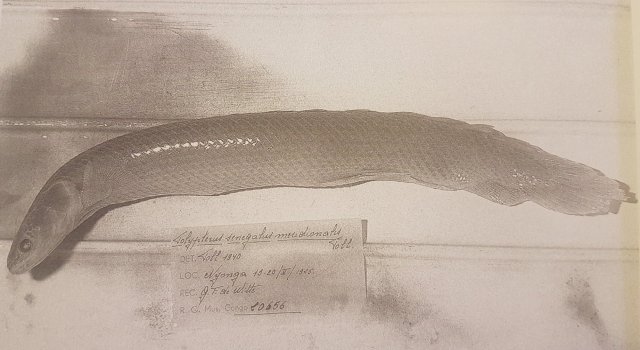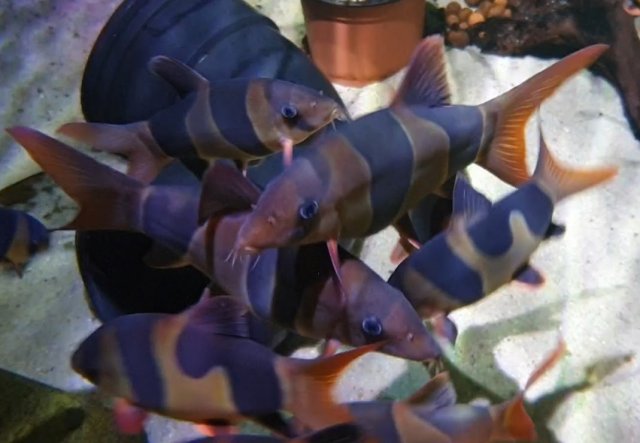Hi, I'm not sure what this argument is about or how it started, but I've noticed I've been quoted on an older thread which I'd just like to rectify.
The larger growing 20" P. senegalus senegalus from Lake Turkana are not P. senegalus meridionales; this information was misinterpreted by myself and another; and I have been posting a lot to correct this (even creating new factsheets). The truth of this is
P. senegalus senegalus from Lake Turkana have close genetic relationship to the Senegalus (Meridionales) from the Lualaba River than to the other
P. senegalus senegalus. This is the reason why Meridionales is said to grow over 20 inch too; when in actuality we don't know. We don't even know if it's a valid subspecies.
There may of been mistakes along the way to describing
P. senegalus meridionales, as it could just be a
P. senegalus senegalus, but in the eyes of science as of now, it's still a recognised subspecies. To my knowledge, there is only 2 specimens of Meridionales available for public eye; one from the Lualaba River and the other from Lake Upemba which the river runs through; and they might even be the same specimen, as Schafer may of just left out referencing the river itself in his AquaLog book. When you see this, you'll note it bares no morphological difference to
P. senegalus senegalus; however we know taxonomy is more complicated than this. The only likely way we will ever know more about this; is if a study recognises that the Senegals from Lake Turkana are genetically too distant to be called
P. senegalus senegalus. If that happens, we know if Turkana and Lualaba Sens are this closely related; that Meridionales is a valid subspecies.
The reclassification you're talking about is not a recent thing, it happened in the early 1940s; it only became more known as public knowledge because of Frank Schafer's book. I think I even said later in that same thread it's not anything new; just something which flew under the radar.
I would also like to add about the online care sheets. Where Fishbase say "Max Length" they do not mean this is how big the fish will get; they only display the size of the specimen in their referenced study. Other websites such as SeriouslyFish may copy the sizes from them, and that information which is misunderstood circulates with a different meaning. The size of
P. senegalus senegalus being wrong may not be at fault with Fishbase. I can't access the study, but journals do get things wrong often; even misidentifying many Polypterus in the case of Frank Schafer. Science is just a method of investigating and it's ever improving, so old studies like the one they referenced from 1984 aren't completely relevant today.
Online care sheets are great, but only use them as guidelines; as many things are still a mystery to us, and with improved diets and better quality of care nowadays, many can grow larger than expected. Look at Weeksii, Ornate and Teugelsi, they've since grown larger than what my charts said, and I expect many others will too. Personal experience is also great, but never let personal anecdotes justify poor husbandry.
View attachment 1367789
P. senegalus meridionales - image credit Frank Schafer



This one is definitely wild caught, not grown in captivity.



